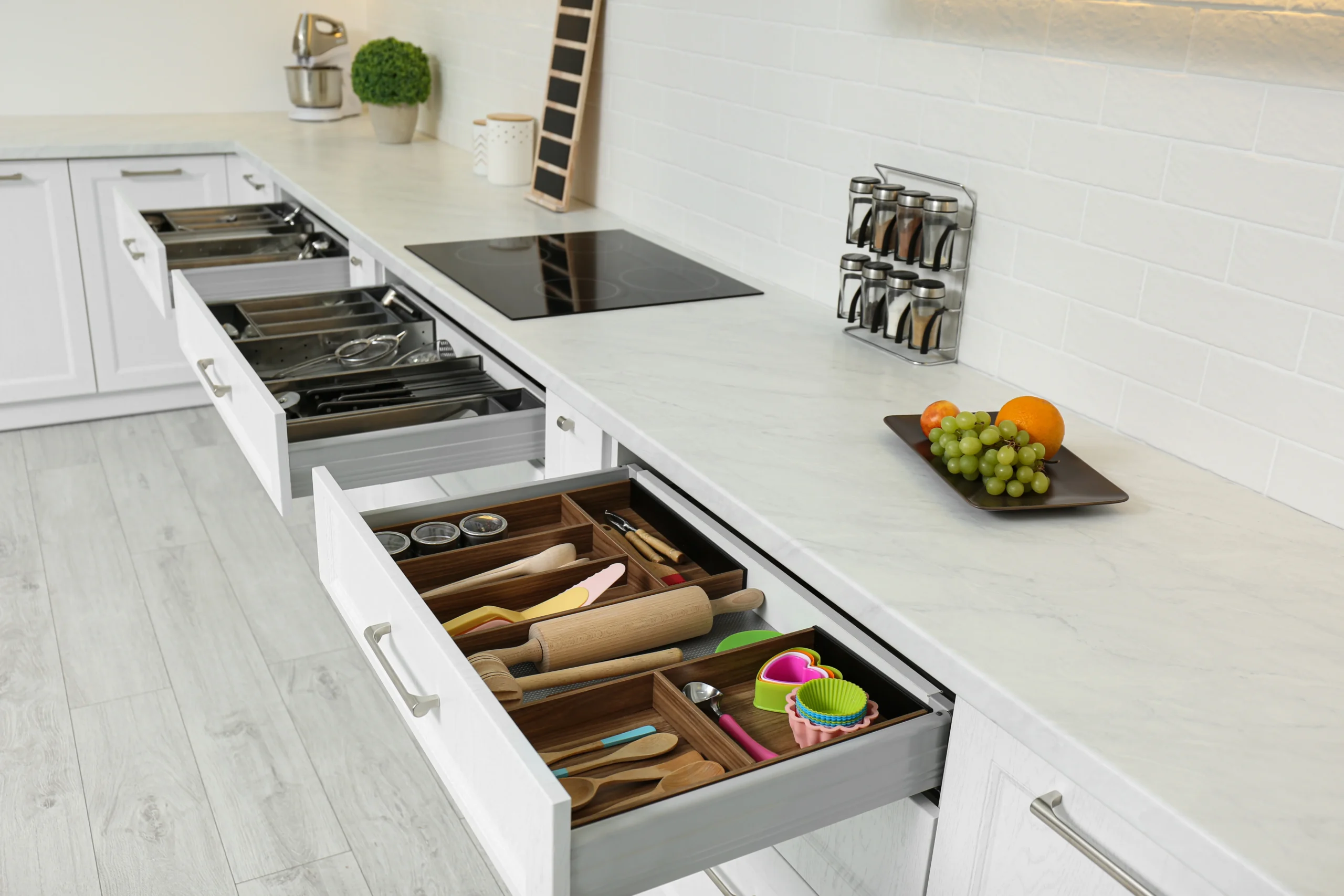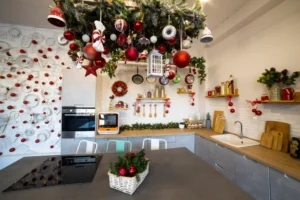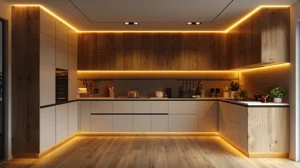Introduction
Are you wondering how to organize kitchen cabinets without feeling overwhelmed? You’re not alone. Messy cabinets waste time, create stress, and make cooking harder than it should be.
Simple strategies, such as decluttering, grouping items, and utilizing space-saving storage solutions, can make a significant difference.
When everything has a place, meal prep feels easier and your kitchen looks bigger and cleaner.
This guide shares budget-friendly tips, smart cabinet organizers, and meal-prep zoning ideas.
Table of Contents
How to Organize Kitchen Cabinets on a Budget
Organizing your cabinets doesn’t need to cost a fortune. Repurpose shoeboxes as drawer dividers, use mason jars for pantry staples, or create DIY labels for storage bins.
Dollar-store baskets are perfect for grouping snacks or cleaning supplies.
Decluttering Tips Before You Organize Cabinets
This system makes cooking quicker and less stressful. When you organize your cabinets by activity, everything you need is close at hand.
Clutter is the foundation of a well-organized kitchen. Toss expired food, duplicate utensils, and chipped dishes.
Decluttering reduces decision fatigue, provides more storage space, and makes your cabinets easier to maintain in the long term.
Pantry Organizers, Modular Bins & Storage Ideas
Group similar items together, like plates with plates, spices with spices, and baking tools with baking tools. Give each group a permanent spot.
Use drawer dividers, shelf risers, and clear bins to achieve a neat and organized look. Following these steps helps your kitchen stay functional and reduces wasted space and clutter.
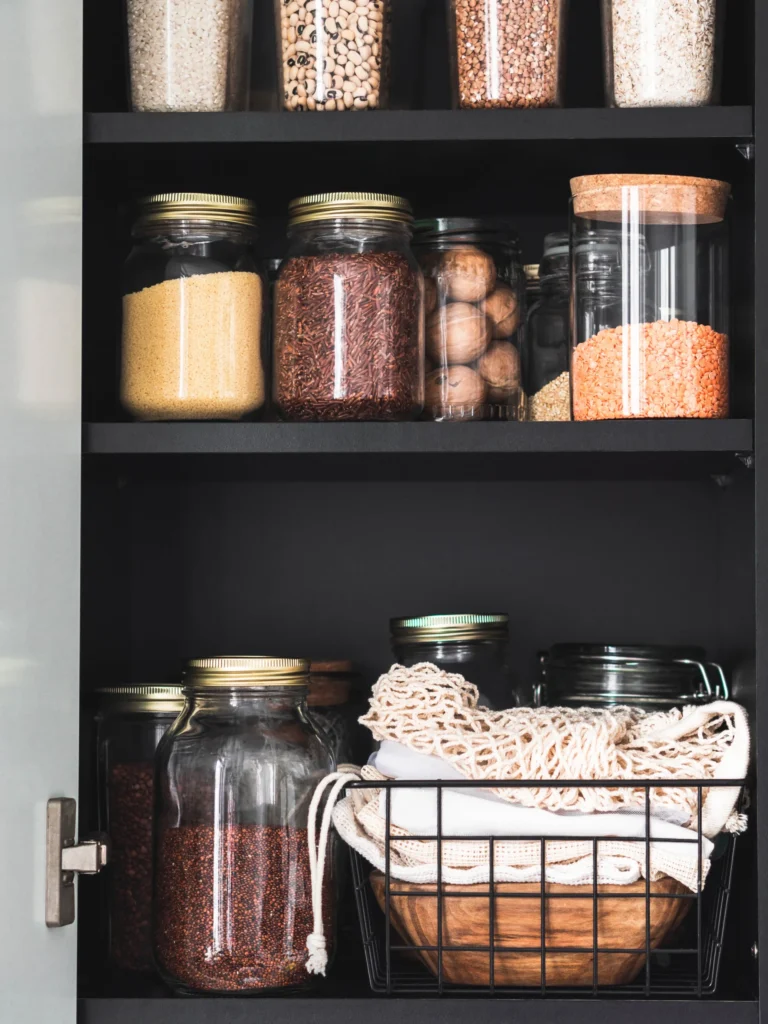
Best Pull-Out Cabinet Organizers for Small Kitchens
Small kitchens benefit most from pull-out trays, lazy Susans, and slide-out racks. These solutions eliminate the struggle of reaching into the back of cabinets.
Tiered racks also work well for spices and canned goods, providing a clear view at a glance.
If you’re short on space, using smart organizers can help your kitchen work more efficiently.
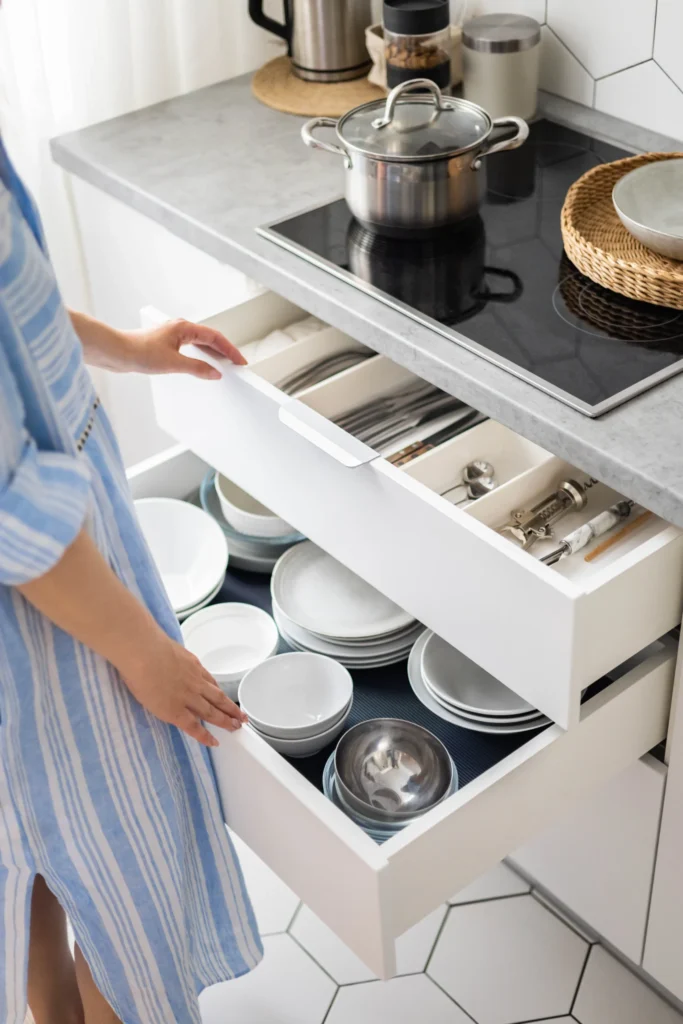
How to Organize Kitchen Cabinets for Meal Prep Zones
Picture your kitchen as a workspace. Set up different zones:
- Cooking zone: pots, pans, oils near the stove.
- Prep zone: knives, cutting boards, mixing bowls.
- Breakfast zone: cereals, mugs, coffee near the kettle.
This zoning system makes cooking faster and stress-free.
Kitchen Cabinet Organization Hacks That Actually Work
- Use lazy Susans for sauces and condiments.
- Install door-mounted racks for spices or cleaning supplies.
- Add tiered organizers for canned goods.
- Label containers for quick access.
- Use vertical dividers for cutting boards and baking trays.
These quick hacks prevent chaos from creeping back into your kitchen.
How to Organize Kitchen Cabinets with Kids in Mind
Families with kids need a special system. Keep snacks, cups, and safe utensils on lower shelves so children can help themselves. Store fragile items and cleaning products at a high level.
This child-friendly cabinet organization not only keeps your kitchen safe but also encourages independence for little ones.
Mistakes to Avoid When Organizing Cabinets
- Don’t buy organizers before decluttering.
- Avoid stuffing everything into one cabinet.
- Don’t overcomplicate—simple systems last longer.
- Skipping labels makes items harder to find.
By steering clear of these mistakes, you’ll ensure your cabinets stay functional, not just pretty for a few weeks.
FAQ’s
1. What is the best way to organize kitchen cabinets?
The best approach is to start by decluttering and then group similar items together. Utilize pull-out drawers, shelf risers, and labeled bins to optimize space and maintain easy accessibility.
2. How do you organize kitchen cabinets in a small kitchen?
In small kitchens, focus on vertical storage. Use stackable baskets, tiered racks, and door-mounted organizers. Keep daily-use items at eye level and store less frequently used items higher up.
3. How to organize kitchen cabinets on a budget?
Repurpose containers, use mason jars, and shop for affordable bins at dollar stores. DIY labels and recycled boxes also work great for dividing and grouping items without spending much.
4. What should not be stored in kitchen cabinets?
Avoid storing cleaning chemicals, flammable items, or heavy appliances that can cause damage. Fragile or rarely used items should also be placed elsewhere to free up cabinet space.
5. How do I keep my cabinets organized long-term?
Label everything, return items to their assigned spot, and declutter every few months. Stick to simple systems that are easy to maintain so your cabinets stay neat over time.
